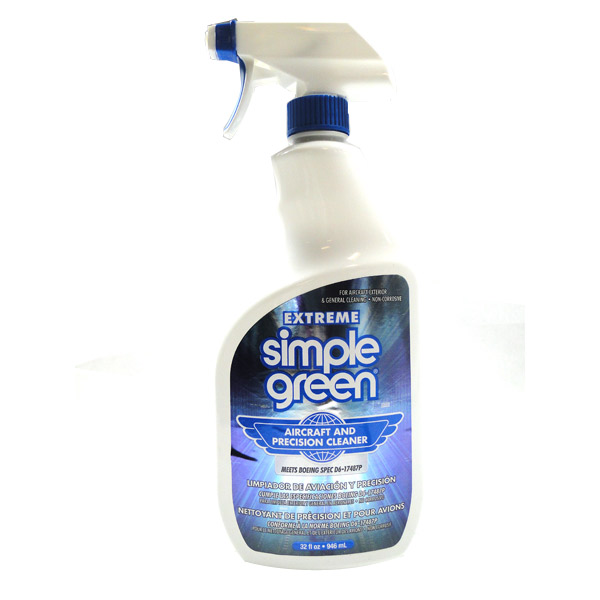What's the best/easiest/safest way to remove carbon deposits from aluminum pistons that have been removed from the engine? Ideally looking for a chemical to soften the carbon if not dissolve it completely.
These are expensive pistons, I won't be scraping them with a hacksaw blade or any of the old techniques, and if I can chemically soften the deposits in the ring lands enough that I can get it out with a Scotchbrite pad or something similar so much the better.
These are expensive pistons, I won't be scraping them with a hacksaw blade or any of the old techniques, and if I can chemically soften the deposits in the ring lands enough that I can get it out with a Scotchbrite pad or something similar so much the better.

